-
 Bitcoin
Bitcoin $117,272.7457
1.45% -
 Ethereum
Ethereum $2,938.4907
0.32% -
 XRP
XRP $2.7050
7.14% -
 Tether USDt
Tether USDt $1.0003
0.03% -
 BNB
BNB $688.4019
0.08% -
 Solana
Solana $162.0506
-0.53% -
 USDC
USDC $0.9999
0.01% -
 Dogecoin
Dogecoin $0.1981
2.75% -
 TRON
TRON $0.3014
2.68% -
 Cardano
Cardano $0.7006
4.22% -
 Hyperliquid
Hyperliquid $45.7987
5.26% -
 Sui
Sui $3.3641
-1.74% -
 Stellar
Stellar $0.3530
17.81% -
 Bitcoin Cash
Bitcoin Cash $526.1849
1.91% -
 Chainlink
Chainlink $15.0782
-0.24% -
 Avalanche
Avalanche $20.4108
-1.04% -
 UNUS SED LEO
UNUS SED LEO $9.0974
0.64% -
 Hedera
Hedera $0.1908
0.86% -
 Shiba Inu
Shiba Inu $0.0...01307
-0.71% -
 Toncoin
Toncoin $2.9472
0.65% -
 Litecoin
Litecoin $93.4465
-0.72% -
 Polkadot
Polkadot $3.8633
0.76% -
 Monero
Monero $331.7195
1.21% -
 Uniswap
Uniswap $8.6299
3.44% -
 Dai
Dai $0.9997
-0.01% -
 Ethena USDe
Ethena USDe $1.0005
0.00% -
 Bitget Token
Bitget Token $4.5000
-1.64% -
 Pepe
Pepe $0.0...01213
-0.55% -
 Aave
Aave $293.9403
-3.56% -
 Bittensor
Bittensor $388.7816
4.71%
What is a "constructor" in a Solidity smart contract?
A Solidity constructor initializes a contract's state variables and sets ownership during deployment, ensuring secure and valid initial conditions.
Jul 12, 2025 at 07:07 am

Understanding the Role of a Constructor in Solidity Smart Contracts
In the realm of Solidity smart contracts, the term constructor refers to a special function that is automatically executed when a contract is first deployed to the Ethereum blockchain. This function plays a critical role in initializing state variables and setting up the initial conditions for the contract's behavior.
Constructors are unique because they are only run once during the lifetime of a contract. Once the constructor has completed execution, it cannot be called again. This makes it ideal for tasks such as assigning ownership, setting initial values, or configuring access control mechanisms right at deployment time.
How to Define a Constructor in Solidity
A constructor is defined using the constructor keyword followed by a parameter list (if needed) and a block of code enclosed in curly braces {}. Here's a basic example:
pragma solidity ^0.8.0;contract MyContract {
uint storedData;
constructor(uint initialValue) {
storedData = initialValue;
}
}
In this example, the constructor takes an unsigned integer as input and assigns it to the storedData state variable. When the contract is deployed, the deployer must provide a value for initialValue, which will be permanently set unless modified through other functions.
The Purpose of Using a Constructor
The primary purpose of a constructor is to ensure that a contract starts with valid and secure initial settings. It helps avoid uninitialized states and enforces certain parameters to be set before the contract becomes operational.
One common use case is assigning ownership rights during deployment. For instance:
address public owner;constructor() {
owner = msg.sender;
}
Here, the contract sets the deployer as the owner by capturing the msg.sender value during initialization. This pattern is widely used in token contracts and governance systems to restrict access to certain functions.
Another important use is setting immutable variables, which can only be assigned within the constructor. These variables cannot be changed after deployment, ensuring data integrity and reducing storage costs.
Differences Between Constructors and Regular Functions
Unlike regular functions, a constructor does not have a name — it is simply declared using the constructor keyword. Additionally, constructors cannot be called after deployment, making them fundamentally different from other functions.
Regular functions can be invoked multiple times by users or other contracts, while constructors execute exactly once, during deployment. Also, any return values from a constructor are ignored; its sole purpose is to initialize the contract.
Furthermore, constructors do not contribute to the runtime bytecode of a contract, which means their logic is part of the creation code but not included in the final deployed contract on-chain. This distinction affects gas cost calculations and contract verification processes.
Best Practices When Implementing a Constructor
When writing a constructor, developers should follow several best practices to ensure security and efficiency.
- Avoid complex logic: Constructors should be simple and focused. Complex computations or external calls in a constructor can lead to high deployment costs or vulnerabilities.
- Validate input parameters: If the constructor accepts arguments, always validate them to prevent incorrect initialization.
- Use modifiers carefully: While modifiers can technically be applied to constructors, they may behave differently than expected due to the one-time nature of constructor execution.
- Consider upgradeability implications: In proxy-based upgradeable contracts, the constructor logic of the implementation contract may not be executed as intended. Developers must be cautious when designing such systems.
Examples of Real-World Use Cases
Many popular DeFi protocols and token standards utilize constructors to enforce correct setup at deployment. For instance, the ERC-20 token standard often includes a constructor to initialize the total supply and assign it to the deployer’s address.
uint public totalSupply;
mapping(address => uint) public balanceOf;constructor(uint _totalSupply) {
totalSupply = _totalSupply;
balanceOf[msg.sender] = _totalSupply;
}
This ensures that the token contract begins with a known supply distributed to the creator. Another example is the OpenZeppelin Ownable contract, where the constructor sets the initial owner to control administrative functions.
Frequently Asked Questions
Q: Can a constructor be marked as payable?
Yes, a constructor can be marked as payable, allowing the contract to receive Ether upon deployment. This is useful if the contract requires an initial funding during creation.
Q: Is it possible to have multiple constructors in a Solidity contract?
No, Solidity does not support function overloading for constructors, so you can only define one constructor per contract. However, default values and optional parameters can simulate similar behavior.
Q: What happens if I don’t define a constructor in my contract?
If no constructor is defined, the compiler will generate a default one without parameters. The contract will still deploy successfully, but no custom initialization logic will be executed.
Q: Can a constructor emit events?
Yes, constructors can emit events, which are recorded in the transaction receipt of the deployment. This is useful for logging initialization data or tracking deployment metadata.
Disclaimer:info@kdj.com
The information provided is not trading advice. kdj.com does not assume any responsibility for any investments made based on the information provided in this article. Cryptocurrencies are highly volatile and it is highly recommended that you invest with caution after thorough research!
If you believe that the content used on this website infringes your copyright, please contact us immediately (info@kdj.com) and we will delete it promptly.
- Bitcoin, BTCFi, and Neutrality: Why It Matters Now More Than Ever
- 2025-07-12 12:30:12
- Polkadot's Cross-Chain Evolution: Technical Upgrades and Market Momentum
- 2025-07-12 12:50:12
- Pi Crypto, Coin Price, and Analysis: Riding the Bitcoin Wave or a Flash in the Pan?
- 2025-07-12 12:50:12
- Bitcoin Blows Past $118K: ETFs Fuel All-Time High!
- 2025-07-12 13:10:12
- Bitcoin Blasts Past All-Time High: Is This Surge Sustainable?
- 2025-07-12 13:10:12
- Hyperlane's Crypto Surge & Exchange Listings: What's the Hype?
- 2025-07-12 12:30:12
Related knowledge
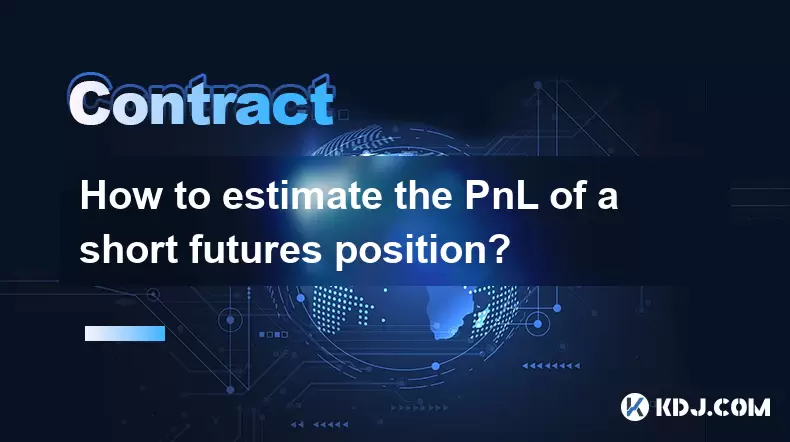
How to estimate the PnL of a short futures position?
Jul 10,2025 at 05:00pm
Understanding the Basics of Futures Trading and PnLIn futures trading, a trader enters into a contract to buy or sell an asset at a predetermined pric...
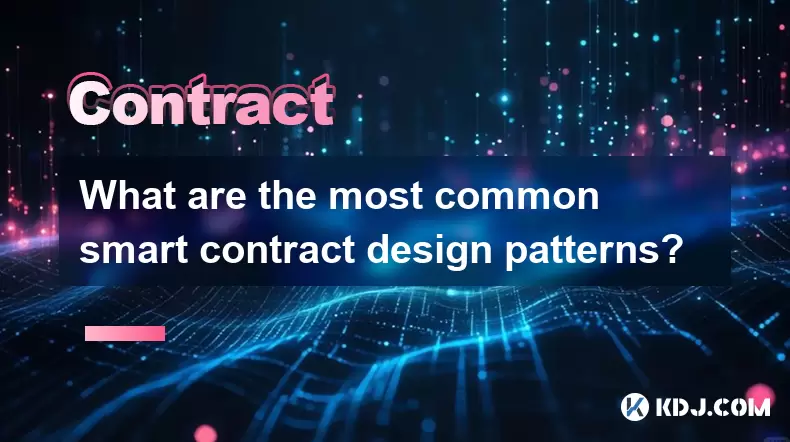
What are the most common smart contract design patterns?
Jul 10,2025 at 09:29pm
Introduction to Smart Contract Design PatternsSmart contract design patterns are standardized solutions to recurring problems encountered during the d...
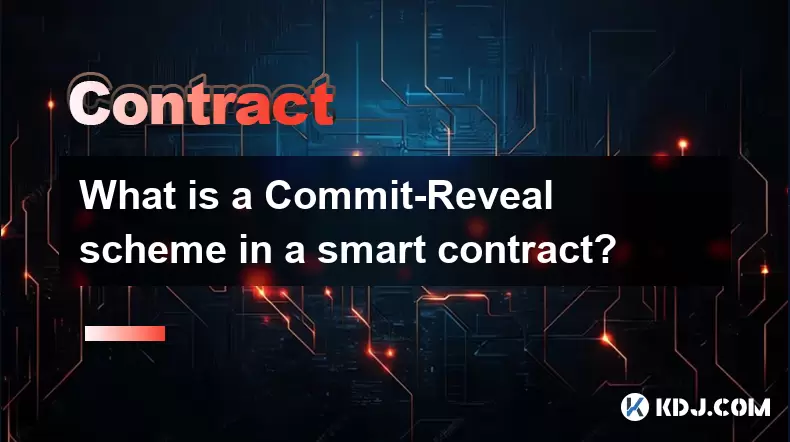
What is a Commit-Reveal scheme in a smart contract?
Jul 10,2025 at 05:22pm
Understanding the Concept of a Commit-Reveal SchemeIn the realm of blockchain and smart contracts, privacy and fairness are often critical concerns, e...
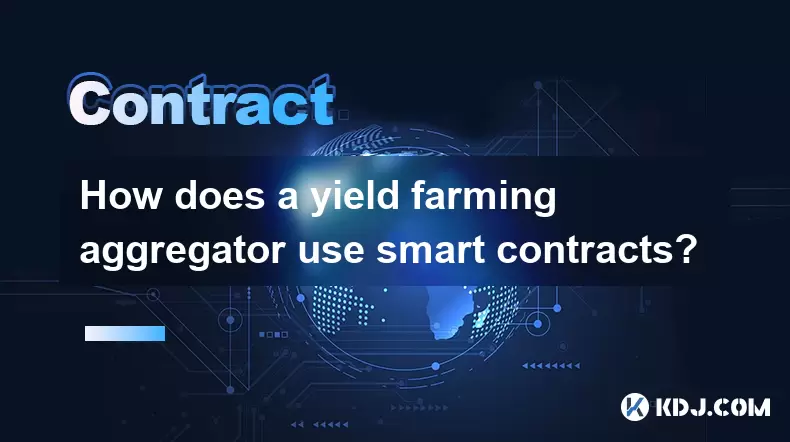
How does a yield farming aggregator use smart contracts?
Jul 11,2025 at 02:49am
Understanding the Role of Smart Contracts in Yield Farming AggregatorsA yield farming aggregator leverages smart contracts to automate and optimize th...
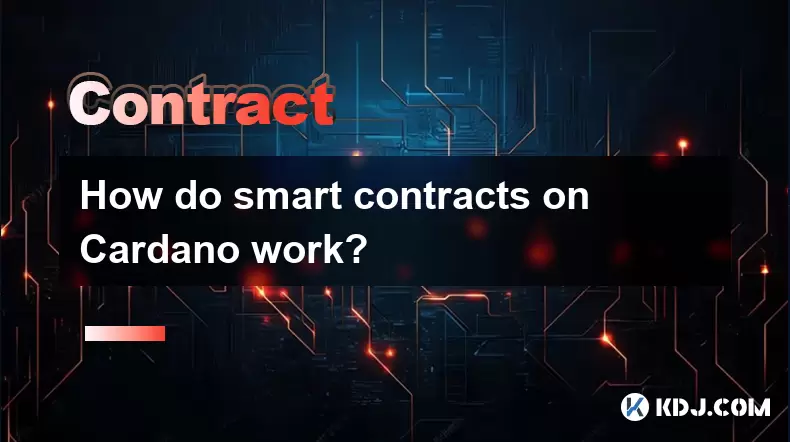
How do smart contracts on Cardano work?
Jul 12,2025 at 10:56am
Understanding Smart Contracts on CardanoSmart contracts are self-executing agreements with the terms directly written into code. On Cardano, a third-g...
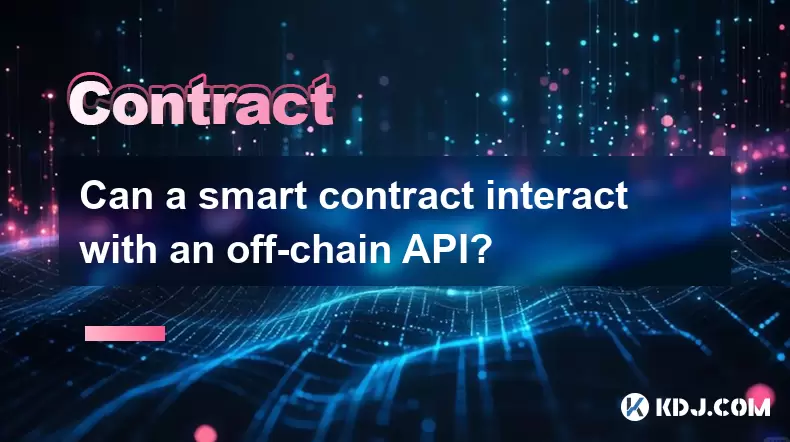
Can a smart contract interact with an off-chain API?
Jul 10,2025 at 09:42pm
What is a Smart Contract?A smart contract is a self-executing contract with the terms of the agreement directly written into lines of code. These cont...

How to estimate the PnL of a short futures position?
Jul 10,2025 at 05:00pm
Understanding the Basics of Futures Trading and PnLIn futures trading, a trader enters into a contract to buy or sell an asset at a predetermined pric...

What are the most common smart contract design patterns?
Jul 10,2025 at 09:29pm
Introduction to Smart Contract Design PatternsSmart contract design patterns are standardized solutions to recurring problems encountered during the d...

What is a Commit-Reveal scheme in a smart contract?
Jul 10,2025 at 05:22pm
Understanding the Concept of a Commit-Reveal SchemeIn the realm of blockchain and smart contracts, privacy and fairness are often critical concerns, e...

How does a yield farming aggregator use smart contracts?
Jul 11,2025 at 02:49am
Understanding the Role of Smart Contracts in Yield Farming AggregatorsA yield farming aggregator leverages smart contracts to automate and optimize th...

How do smart contracts on Cardano work?
Jul 12,2025 at 10:56am
Understanding Smart Contracts on CardanoSmart contracts are self-executing agreements with the terms directly written into code. On Cardano, a third-g...

Can a smart contract interact with an off-chain API?
Jul 10,2025 at 09:42pm
What is a Smart Contract?A smart contract is a self-executing contract with the terms of the agreement directly written into lines of code. These cont...
See all articles
























































































